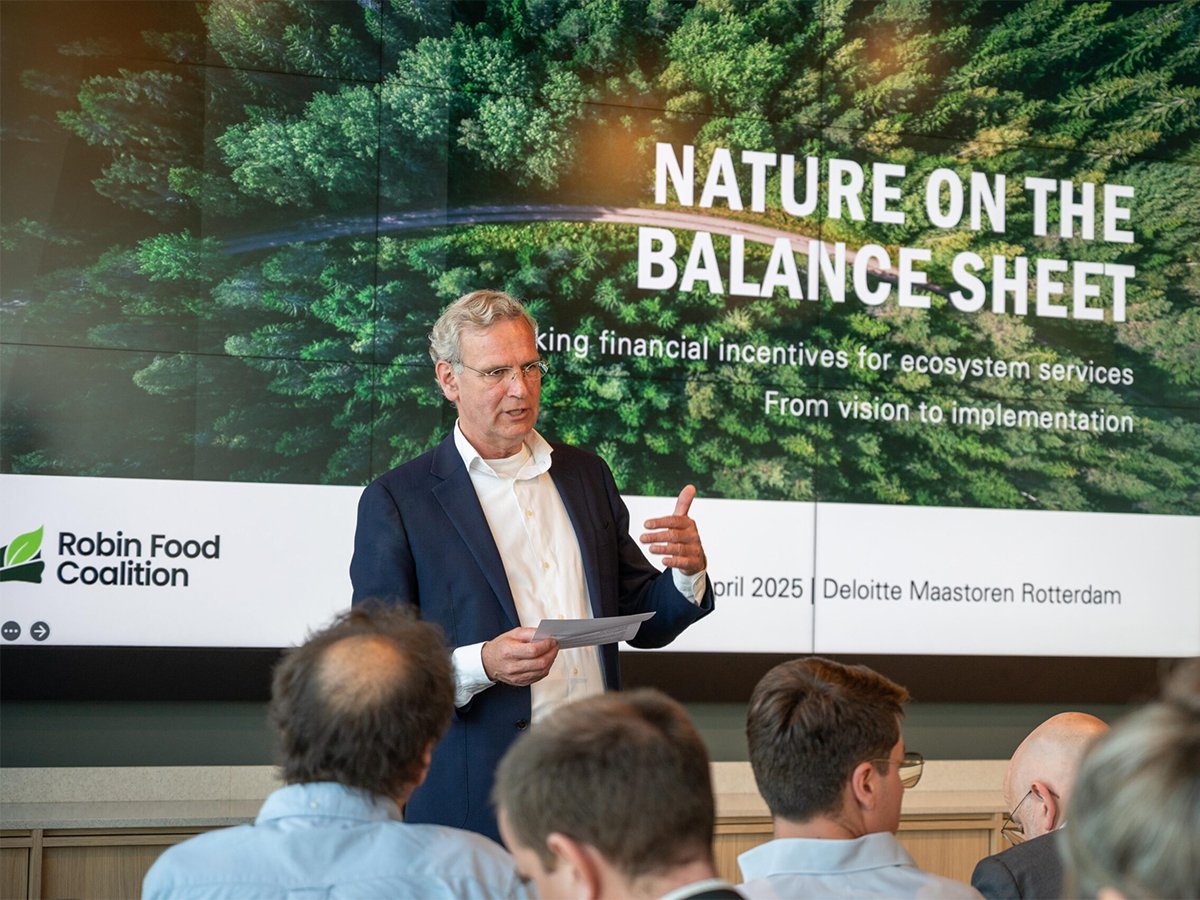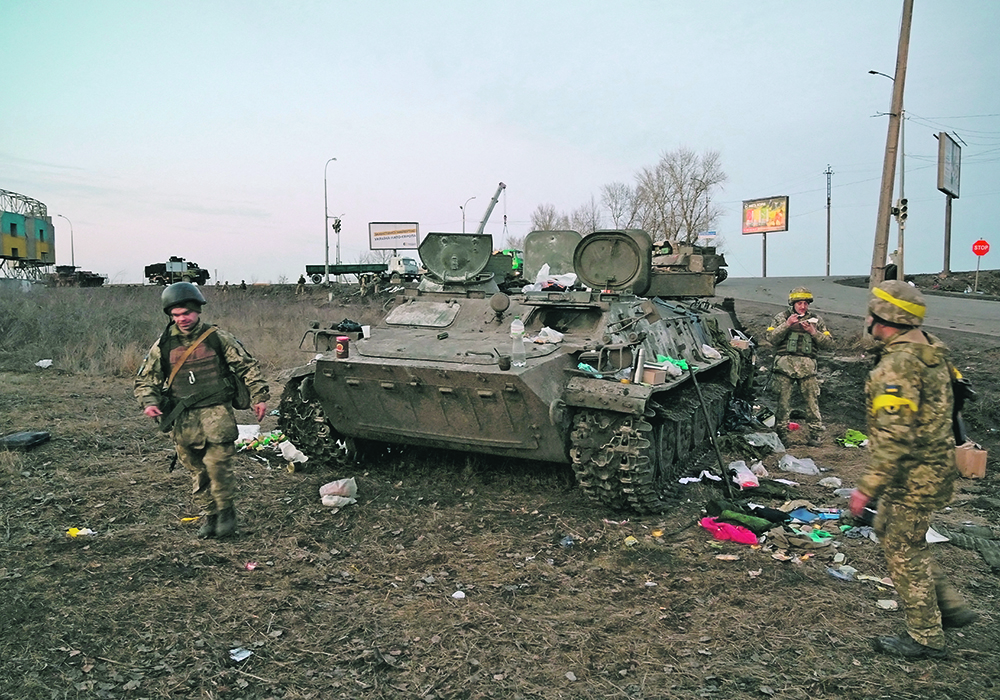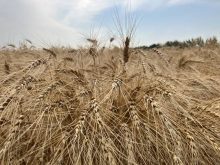The timing couldn’t have been better planned to vex months of painstaking work developing reasonable expectations for the world’s agricultural markets.
Not that that’s what Russian ruler Vladimir Putin was thinking when he sent his military deep into Ukraine Feb. 23, hammering his weak neighbour, causing a European diplomatic crisis and sending the world’s markets in volatile action.
But within a few hours of the launch of the major Russian assault, the U.S. Department of Agriculture’s leaders and economists had to provide their much-anticipated Agricultural Outlook Forum, which is the most closely watched agricultural forecast in the world.
Read Also

Activist urges new way to measure profitability
Organic activist praises Mark Carney for spearheading the Task Force on Climate-related Financial Disclosures.
Most years, about 1,600 people attend the conference in person in Washington, D.C., but this year, due to the pandemic, it was online for the second time in a row, with more than 7,000 people registered to watch.
How will the world’s markets and the prices of agricultural and energy commodities be affected by this war disrupting two of the world’s biggest grain producers? That’s not something that was dealt with too directly at the beginning of the conference.
The invasion was described as “those events last night” by USDA chief economist Seth Meyer, who referred little to the invasion, but seemed to suggest it should not have a major impact on overall supply and demand for agricultural goods.
However, he noted that the world’s agricultural markets are already twitchy, and this war tends to be the sort of thing that exacerbates that market sensitivity.
“We’ve really narrowed carryout stocks in the global market for some really important commodities, like corn, soybeans and wheat,” Meyer said.
“That’s the context we find ourselves in today, with tighter global markets. The market’s always more sensitive when global markets are tighter.”
Indeed. As soon as the news of a big invasion broke, stock futures plunged, oil prices surged and other commodities surged in value. U.S. wheat futures were particularly buoyant, befitting the importance of Ukraine and Russia in world wheat markets.
In parts of the world, fertilizer prices were surging along with underlying energy prices.
Perhaps that will all settle out, with a quick Russian conquest and some sort of stability arising long before the growing season commences. That would take pressure off the world’s supply and demand balances as long as it meant farmers in both Ukraine and Russia can operate close to normal. But conquests don’t always work out seamlessly.
With Russian strikes hitting Odessa and other Ukrainian ports, grain ships weren’t moving, except to get away from the area. But how long will ships avoid the region? It’s a huge export channel.
Energy has been a key commodity, directly tied to the conflict, with Germany stopping the commissioning of the Nord Stream 2 natural gas pipeline due to Russia’s actions.
That is causing European natural gas prices to surge and is pushing up world energy prices. That hits fertilizer prices, as well as the cost of almost everything manufactured or processed for agriculture.
Farmers are already facing a squeeze from high input prices. How tight will this war make that squeeze?
Many countries are imposing sanctions on Russia, which will likely confuse the situation even more. How will trying to restrict Russia’s access to money and markets affect the crucial commodities it produces and exports?
And how about the global economy? Will this be digested as a regional thing, involving two nations only and not a systemic challenge? Or will it be seen to have a wider impact?
I imagine the Russian invasion of Ukraine wasn’t the easiest situation in which to release the USDA’s yearly outlook and projections. Most analysts would probably prefer to have a few days to digest big news and think more about their projections.
But geopolitical reality has intruded and the USDA’s reasonable expectations will be sailing through waters as fraught as those of the Black Sea.
















